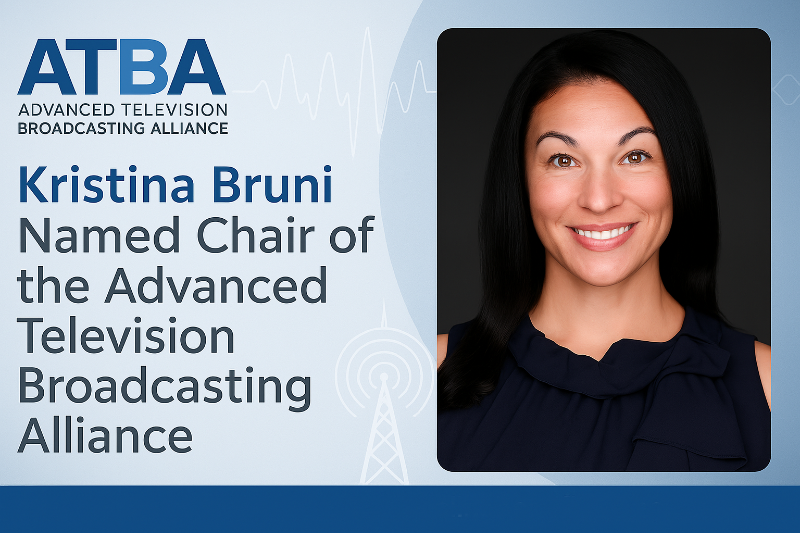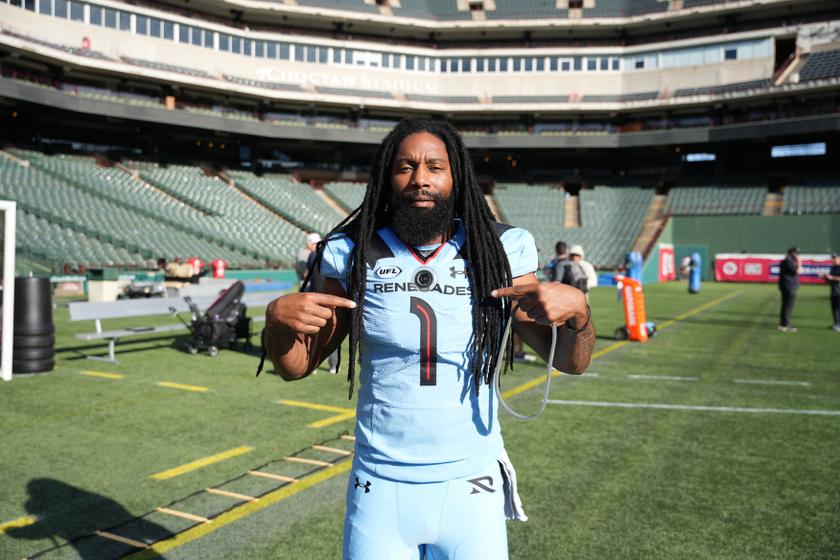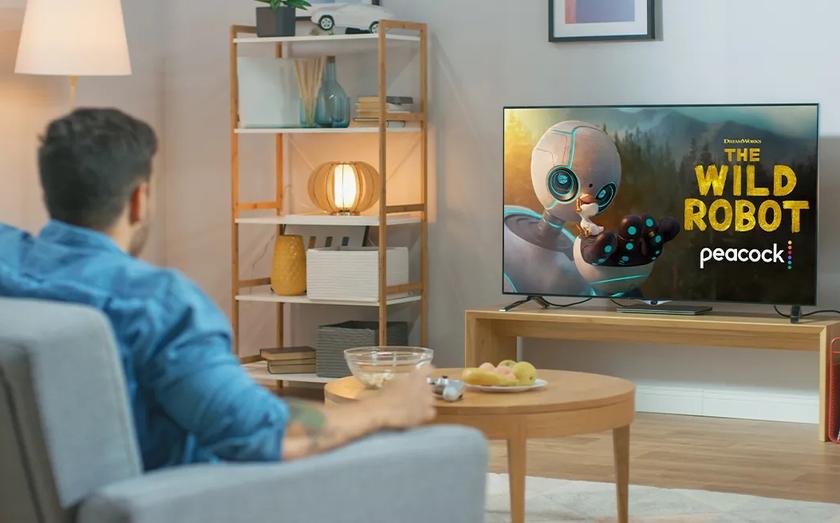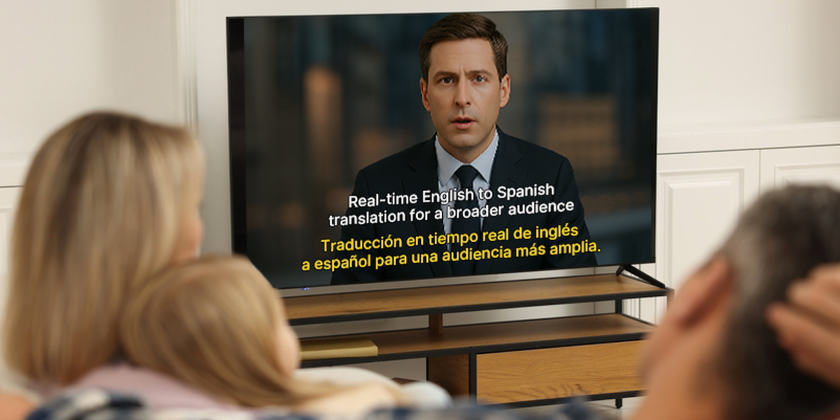FCC, Broadcasters Relieved Over Early Shutoffs
Broadcasters and regulators breathed a sigh of relief this week as the first wave of mass analog shutoffs went off without any major glitches.
A total of 421 broadcast stations made their final analog signoff on Tuesday, Feb. 17, which until recently, was the scheduled deadline of the DTV transition. They joined an additional 220 that had already terminated analog signals. As of Feb. 18, less than two-thirds of U.S. broadcast stations are still broadcasting analog signals; a number of them will shut off between now and June 12, the final date of the analog shutoff, approved by Congress earlier this month.
The chaos that was predicted by some never materialized. According to the NAB, call centers set up to handle viewer inquiries were able to handle the response. “The volume of viewer calls received following the transition paled in comparison to the 12.4 million over the air only households that were affected in markets,” said Jonathan Collegio, vice president for Digital Television Transition for NAB, who added that the information gleaned from viewer response to Tuesday’s mass shutdown “will help prepare remaining viewers.”
Figures released by the FCC this week showed that calls into the FCC’s 1-800-CALLFCC hotline began to increase late last week. Almost 12,000 calls were handled on Friday, Feb. 13; the peak occurred on Tuesday, when the center responded to approximately 28,000 calls. The most common problem (32 percent of all calls), came from consumers who had difficulty setting up their converter boxes followed by consumers who complained they could not receive area broadcast signals.
FCC Acting Chairman Michael Copps attributed the success to Congress’ vote to approve extending the DTV transition deadline to June 12 two weeks ago, as well as stepped up consumer education efforts and the commission’s decision to maintain at least one analog signal in at least every market.
“Thanks to the movement of the deadline, we did not have anything like the extent of disruption we would have experience had every station in the country gone completely digital on Tuesday,” he said. “In fact, we tried to ensure that in every market in America, at least one stations continues to broadcast an analog signal. That made a huge difference in smoothing the way.”
Get the TV Tech Newsletter
The professional video industry's #1 source for news, trends and product and tech information. Sign up below.










